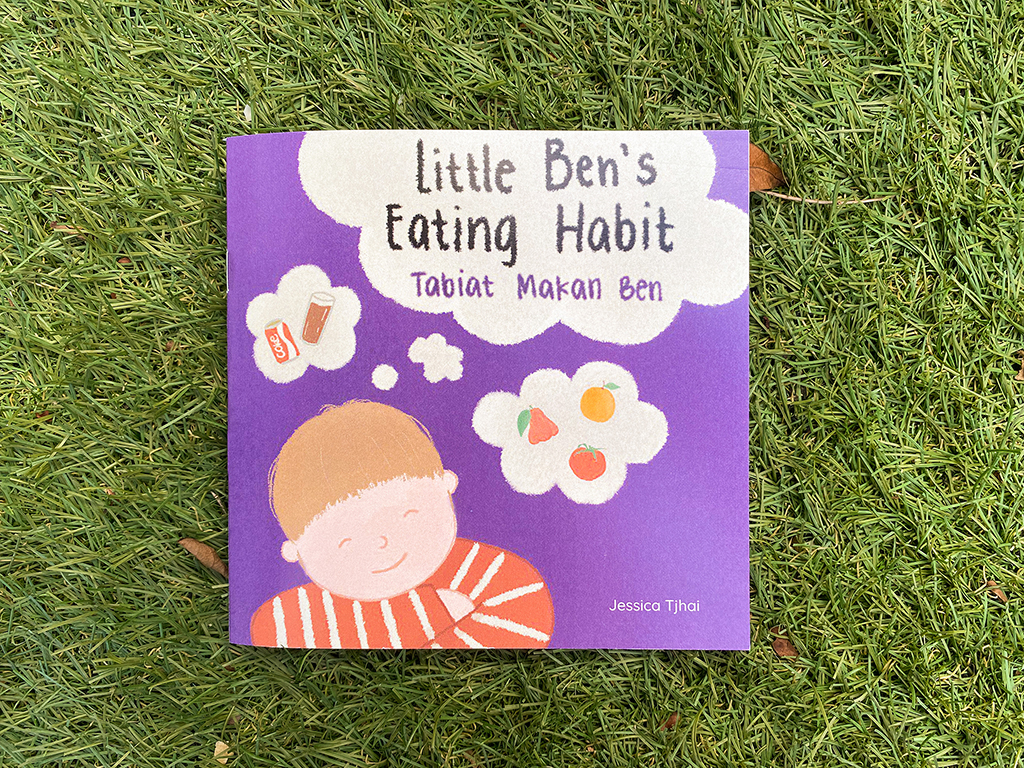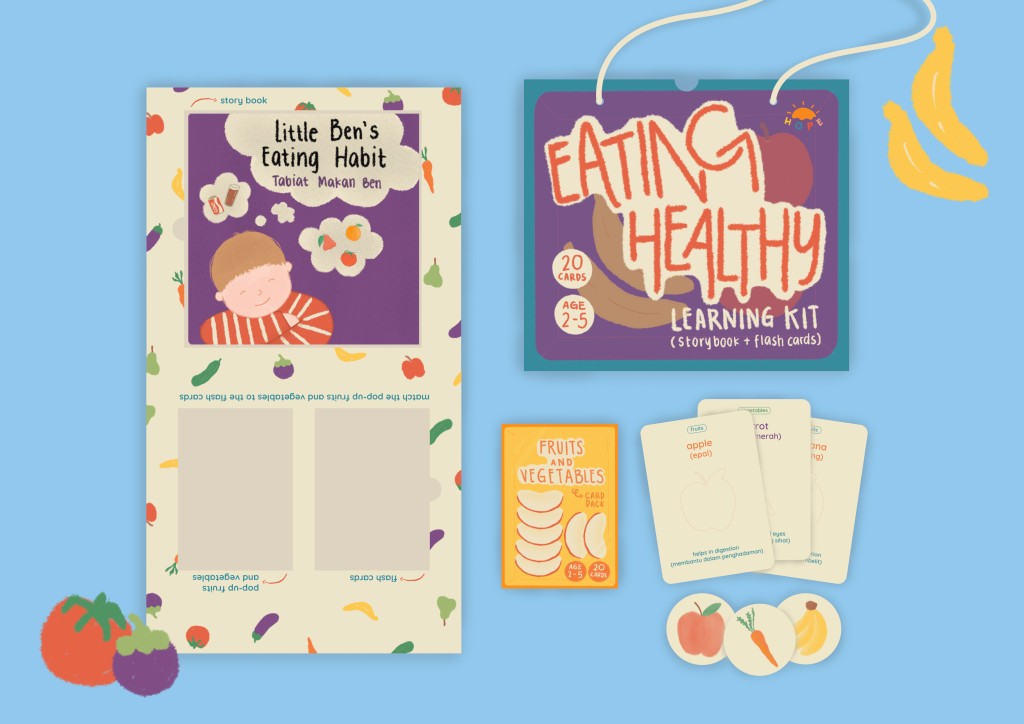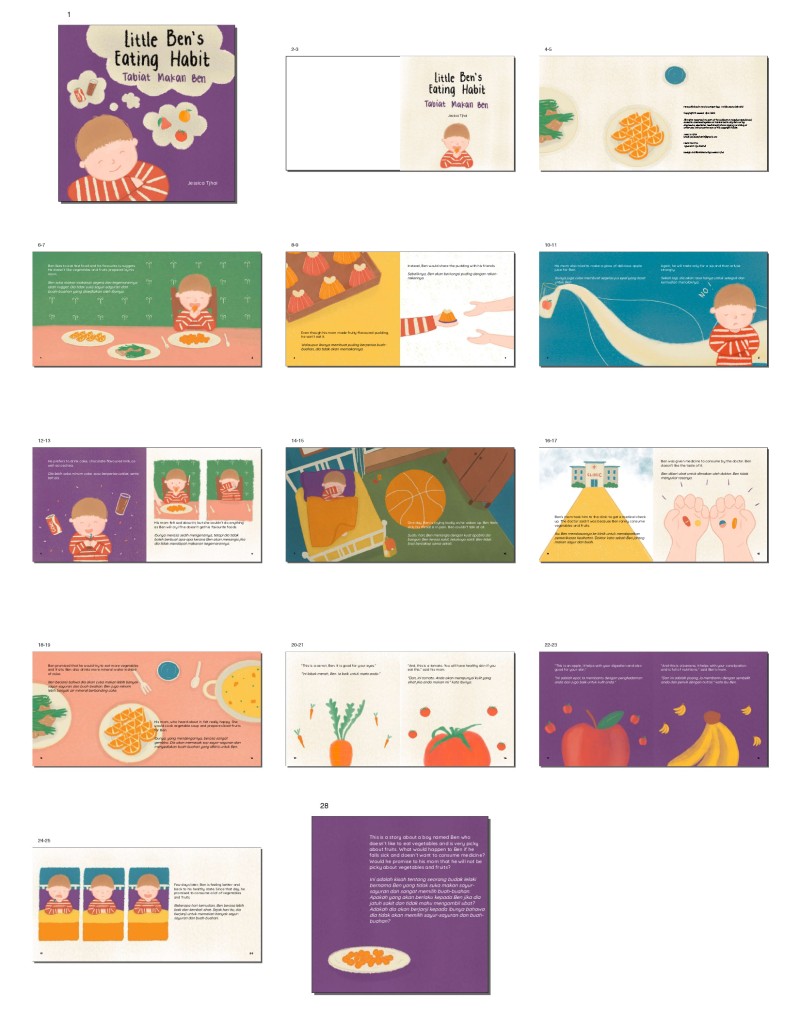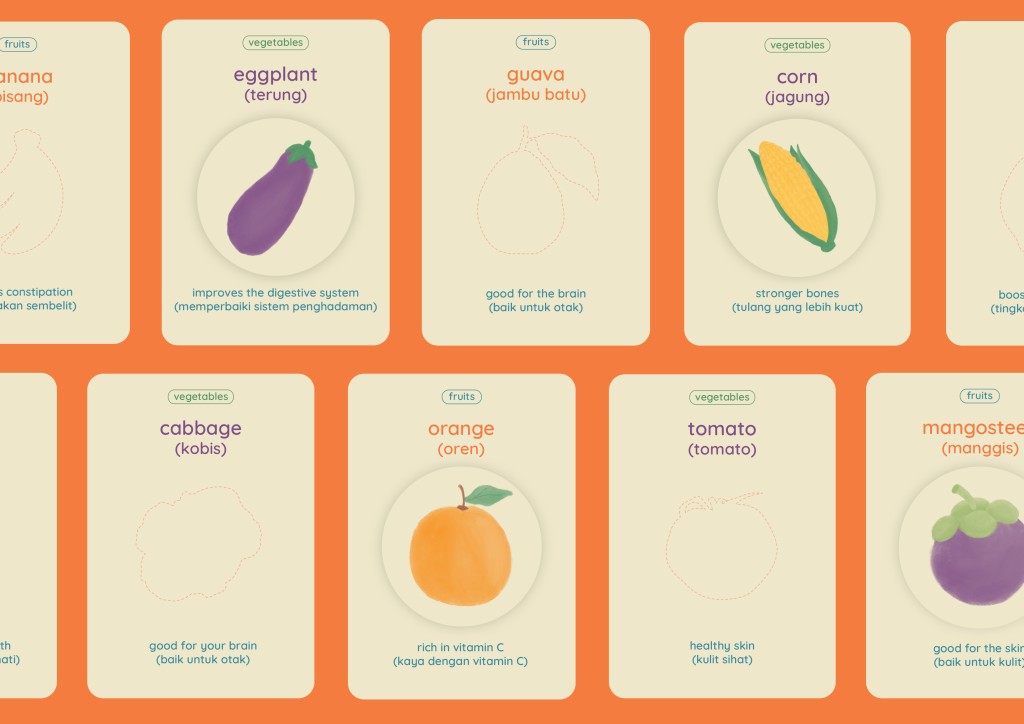
One of the Sustainable Development Goals (SDGs) of the United Nations for the quality of education is to ensure that all girls and boys (aged 24-59 months) have access to quality early childhood development, care, and pre-primary education so that they are ready for primary education. In recent years, according to UNICEF,, the world has made incredible development progress. However, there are still more than 700 million people living in extreme poverty, especially children—children raised in poverty often lack the nutrition, hygiene, housing, health care, and education they require to survive and develop.
“An estimated 356 million children in the world live in extreme poverty.”
Children who grow up in poverty experience low-living conditions, lack skills for the workforce, and will earn low adult salaries regardless of where they live.
In Malaysia alone, urban poverty among the children is around 11%. Due to the pandemic, the number of households living below the absolute poverty line has increased to 639.8 thousand and the number of households living in extreme poverty tripled to 78,000. These children living in poverty are not receiving basic human rights such as food, shelter, education, healthcare. It is very unfortunate for these children to grow up in those situations and become adults. They grow up in circumstances with very limited opportunities and second-chances are close to zero. Moreover, these kids aren’t even taught at home due to the lack of learning resources and materials. Everything starts with education. Children should have access to schools and other educational facilities as a stepping stone to a better future. (Source: UNICEF Malaysia)
UNICEF reports that more than 72,000 children under the age of 15 continue to live in challenging situations without the ability to meet their own basic requirements despite the nation’s tremendous efforts to alleviate the situation. Children living in poverty lack the safe space to do physical activities which then affect their development: healthy bodies, resilient and creative minds, social activity, and emotional well-being. (Source: Humanium, OverMalaysia)
I personally believe that everyone has the right to education no matter who they are or where they live, especially the children. Education is important to start at an early age as it serves as a foundation or stepping stone to develop ourselves and help us to navigate through life and to contribute to society or even our future well-being when we are older.
Education helps to improve or build communication skills by teaching how to read, write, speak, and listen, and also helps in developing critical skills among many other things. Knowing that some children don’t have the privilege to achieve this, or to get the chance to learn is truly heartbreaking and unfair. It’s unfair since they don’t get the chance to have the same education or even the chance to learn as the normal children in the society, which affects their development and skills and results in them absorbing information much slower with a lower chance of success in society.
Reading these articles made me understand how I can contribute to these children by using my creative skills which then sparked an idea in me to create an interactive learning kit for the children. My main target for this project is for 2—5 year-old-children. Therefore I did some research on the child development of 2—5 year old kids. Based on my research, these children are at the age where they begin to experience some signs of progress in their physical, cognitive (learning, thinking, problem-solving), emotional and social abilities as well as their language, sensory, and motor development. At this age, the children will mostly know how to read simple words, understand simple instructions, absorb new information and learn how to play simple games. (Source: Lanekids) However, I need to note that the children living in poverty have lower access to education, so their way of absorbing information might be different.
To understand this deeper, I reached out to SUKA Society, an NGO for children. It is a registered NGO set up to protect and to preserve the best interest of children. They also have some programmes developed to create greater access to education for children that includes training, support, and resources for the indigenous communities to start their own pre-school education classes. I wanted to understand the kind of learning topics. I needed to learn what would be useful for the kids so that they could apply them in their daily lives. I also explored the type of learning materials or content that would be easier for the children to understand. I learned that topics relating to their daily life such as fruits and colours make the information useful for the children. Additionally, they needed a learning content containing colourful diagrams or illustrations with flash cards to improve their understanding.
Based on all the data I’ve collected, I’ve decided to create a children’s learning kit, specifically on the topic of fruits and vegetables. The main objectives of this learning kit is to increase the children’s interest in learning/studying by showing them how learning can be fun, improve their reading, thinking, and memory skills at an early age, and also spark their interest in learning different kinds of fruits and veggies that are good for them in their daily lives. The learning kit consists of a storybook and flash cards where the cards can also be used for the children to play some simple matching games using the velcro pop-up fruits and vegetables provided in the box. This children’s learning kit will be a very useful tool for the children as it consists of reading and interactive materials for them to improve their cognitive skills.
As for my design direction, I’m going for pencil strokes and watercolour combination art styles for the illustrations to give a raw and organic feeling. I chose a series of soft and warm colour palettes that are friendly and bright enough to attract the children’s interest in the learning kit. As for the typeface, I chose Quicksand, a friendly rounded sans serif typeface that is easy to read and suitable for children’s books or cards. The overall goal of this kit is to make it friendly and approachable for the children, as well as easy to use and understand.

The story book will mainly contain illustrations followed by a few sentences explaining the content of the illustrations (the story) since the children will be more interested in looking at drawings or visuals rather than words.

Above: Little Ben’s Eating Habit storybook embeded. (Link: https://online.fliphtml5.com/plhww/nubx/)
The flash cards consist of 20 cards of different kinds of healthy fruits and vegetables with illustrations on the cards and also simple explanations (one line sentence) of each fruit’s and veggie’s benefits. The illustrated fruits/veggies can be popped out from the cards which then can be used to play matching games by the children. The purpose of the flash cards is to teach the children about the healthy fruits and vegetables that are good for them and the matching game itself is useful for the kids to train their memory skill.


